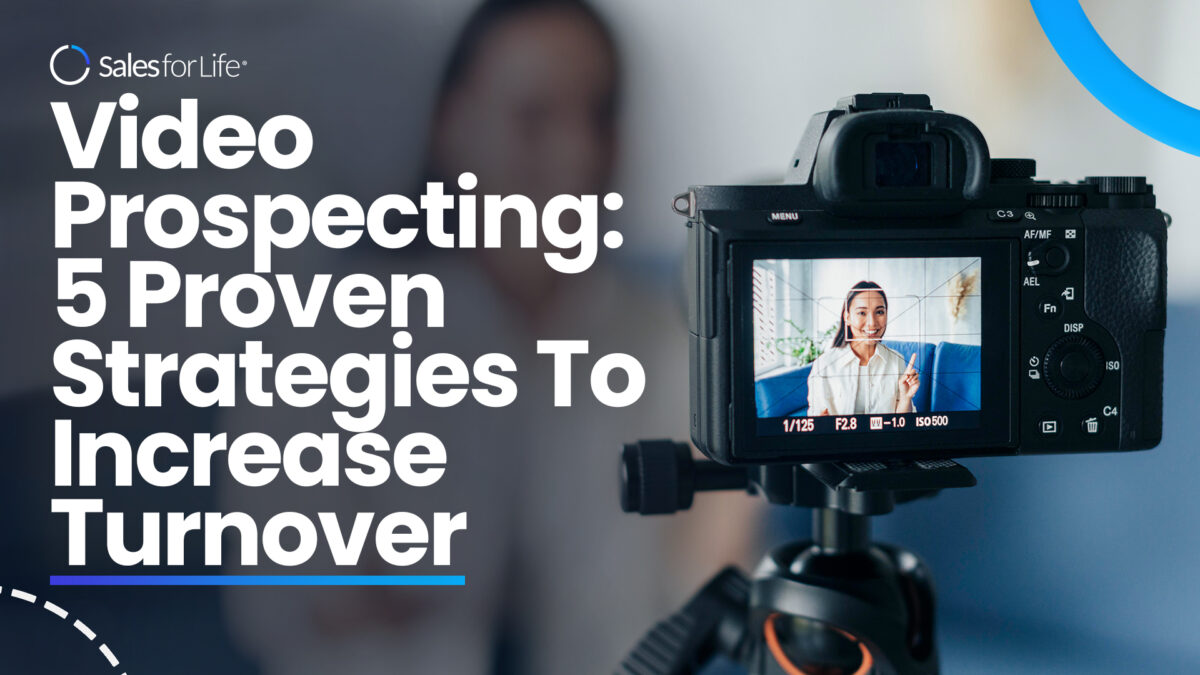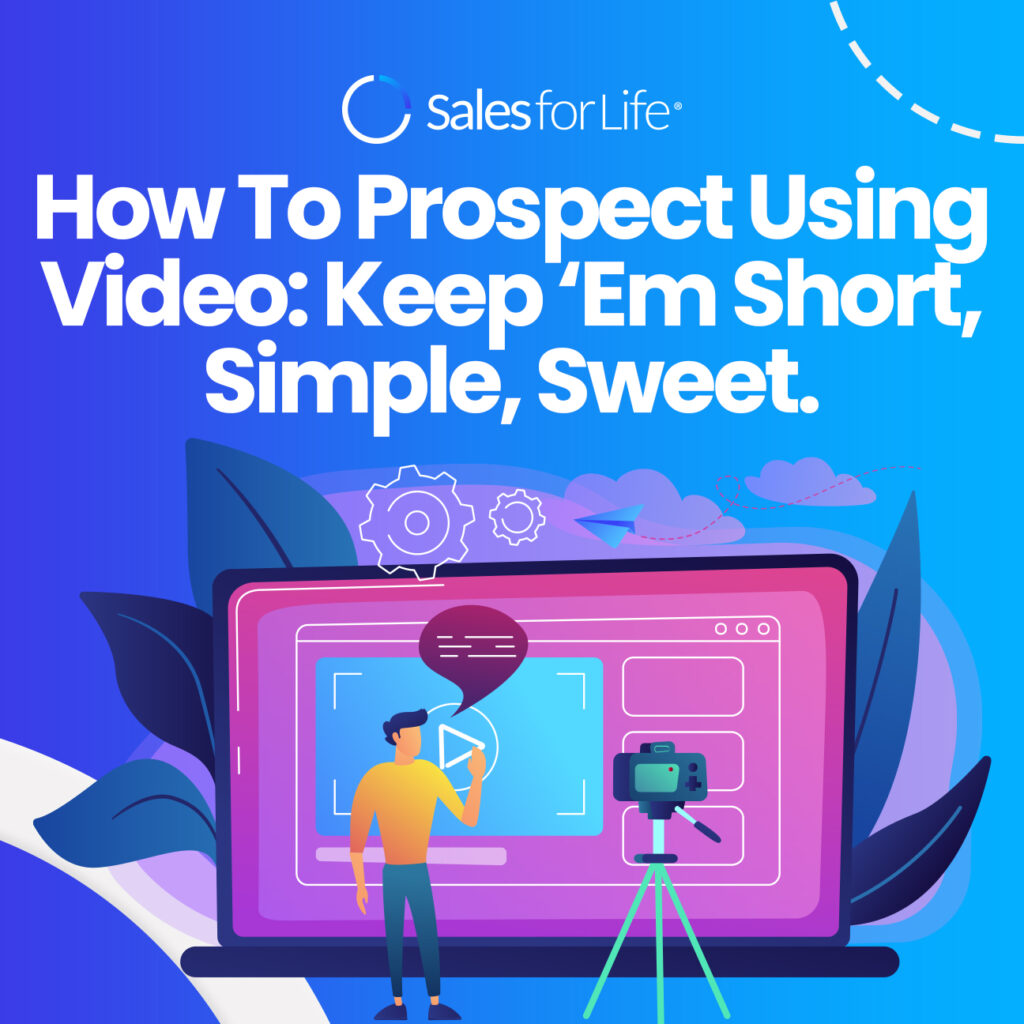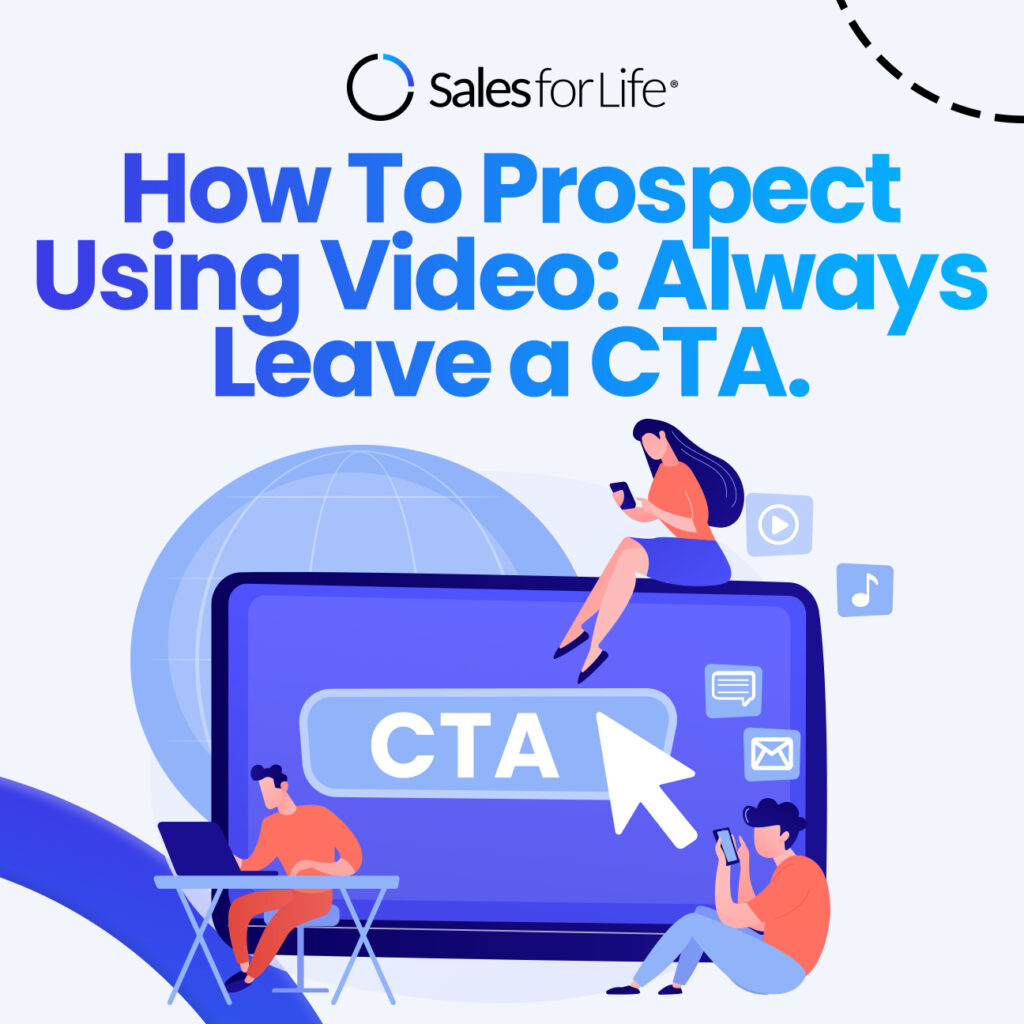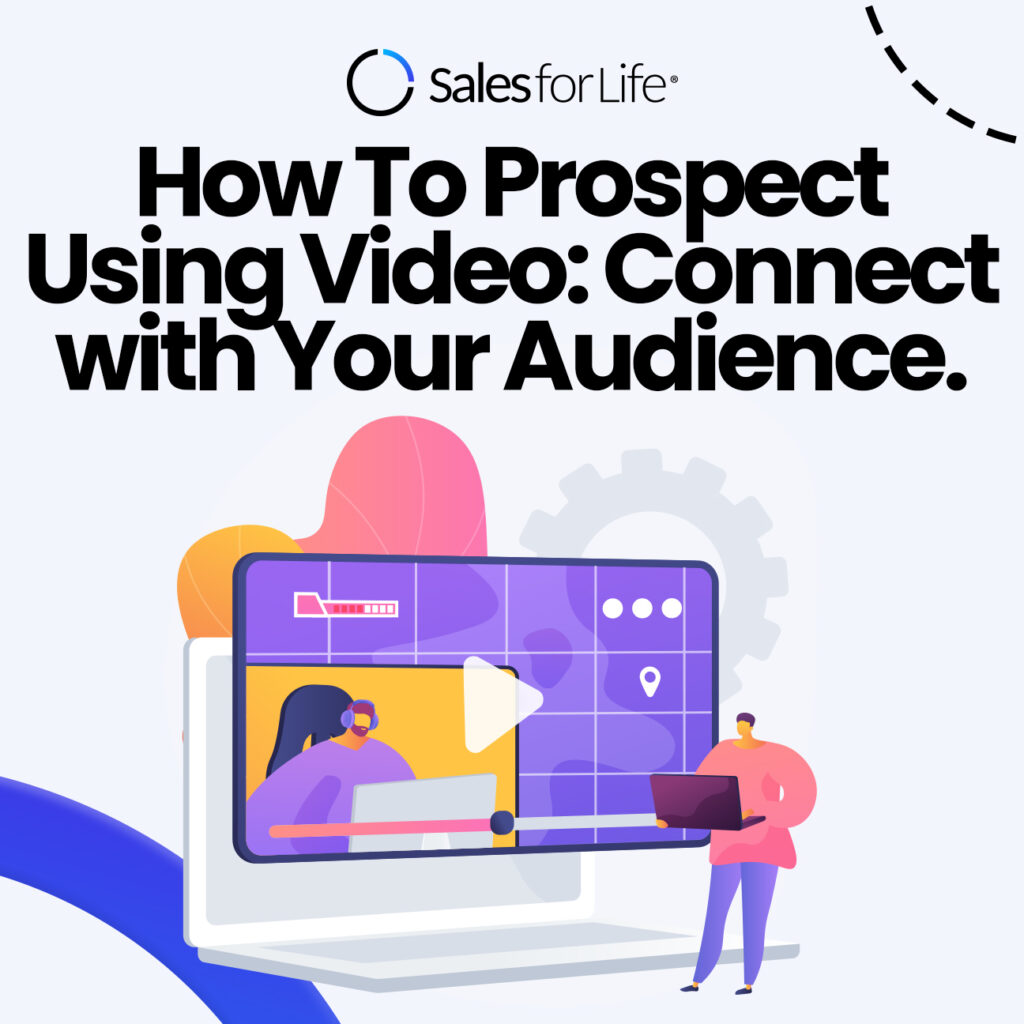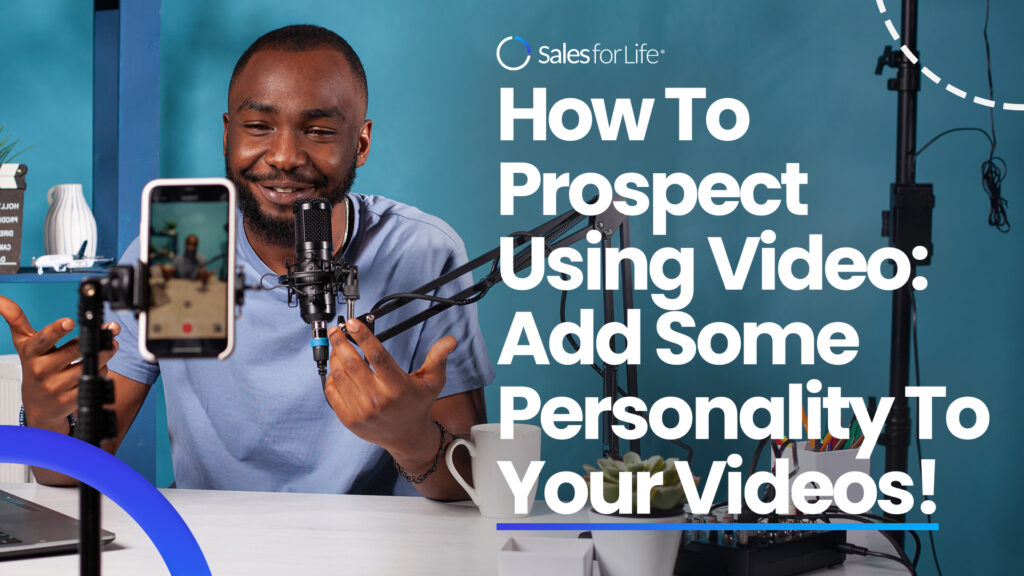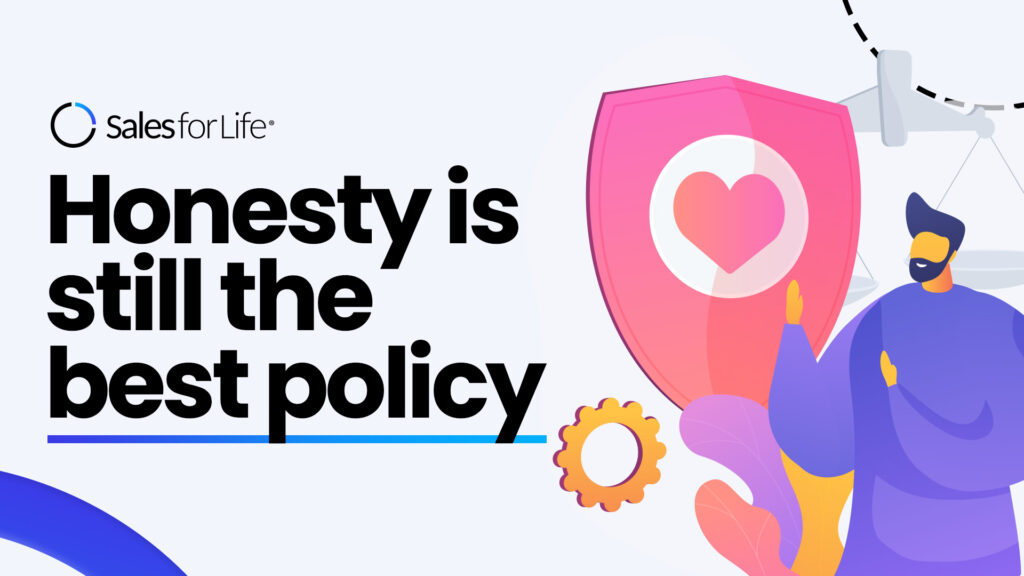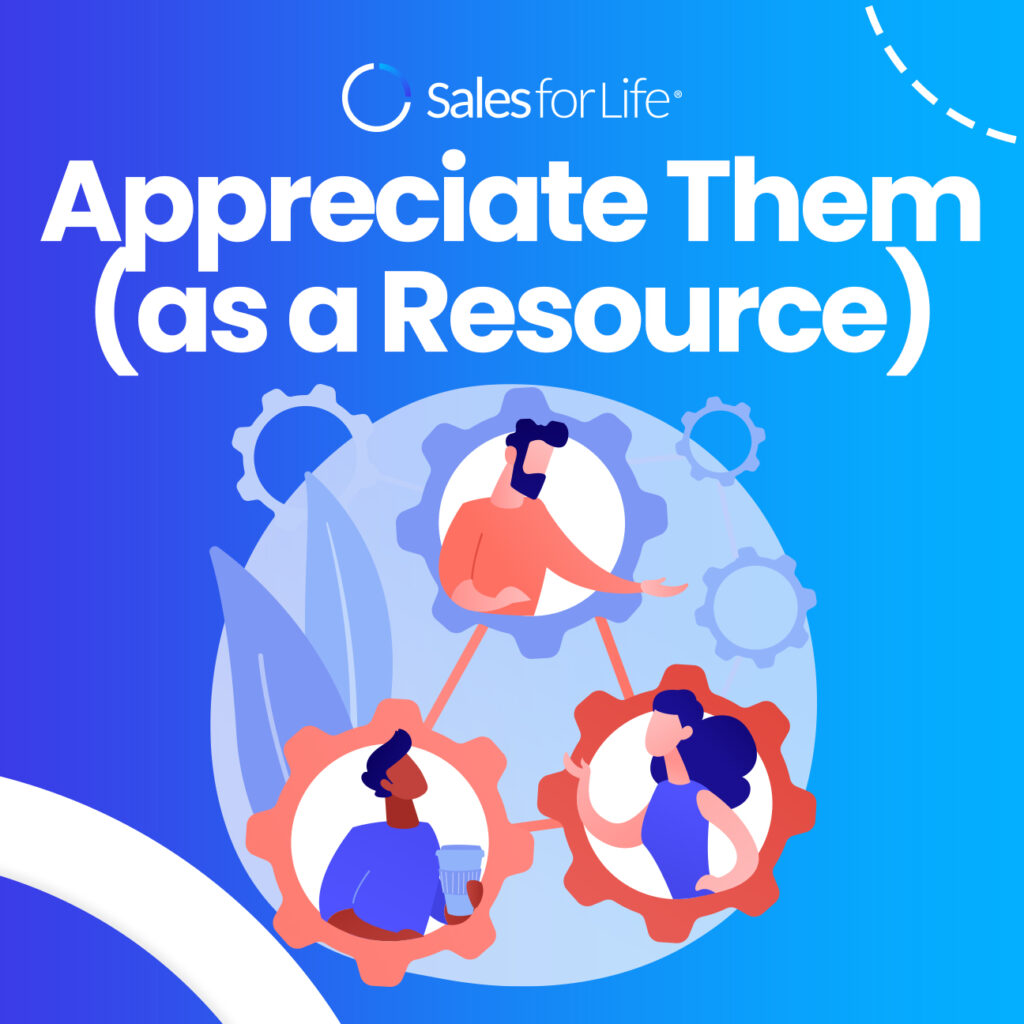Do you feel like you need to post every day on your social networks to keep up with the Joneses? And if so, do you think that could be a detriment to your business? Not necessarily. You can post every day and maintain quality, variety, and value. It isn’t always easy to conceive ideas for new content every day, but there are ways to make it easier.
The 3 (Not-So) Secret Ingredients to Daily Social Media Content
To build a solid online presence and gain followers, post quality content regularly, with variety in your posts and value for your readers.
Quality. Variety. Value. These three variables, when combined, create top-notch blog posts. Don’t worry about keyword density or backlinks. Instead, focus on creating fascinating blog posts that people will link to naturally. Google’s Panda update rewards this sort of content because Google knows that your readers will naturally want to share or link to great content.

Quality Comes First.
It’s a common misconception that you have to post more content to gain more followers. But the truth is that posting high-quality content will bring people back for more.
No matter how often your material gets shared on social media, people will stop viewing it and go elsewhere if it lacks quality. Quality is the key to creating solid relationships with your audience, and it’s what makes them want to keep coming back for more.
If you want to be seen as an expert, or just a credible source of information, you need to make sure that everything you post is high-quality. Your content needs to be researched, well-written and accurate. If it isn’t, no one will take you seriously, and they certainly won’t trust your opinions or advice!

Variety Comes Next.
We know you’re busy, so we don’t want to tell you this every day: posting the same thing every day is a bad idea.
There are a few reasons why. First, it gets boring—your followers will get bored and stop following you if they see the same thing repeatedly. Second, it’s not suitable for your brand—you want people to be excited about what you post, and if they can’t even remember what you posted yesterday because it was the same as today, how excited can they get?
So how do you make sure that doesn’t happen? We recommend posting 3-4 different kinds of posts throughout the week. How many depends on your industry—if your followers are in the tech industry, then maybe only one post per week is enough; but if they’re in retail or fashion, then perhaps two or three times per day might be necessary!
Your audience is looking for a variety of content that will help them with their daily lives. If all you do is post about how excellent your product is and why they should buy it, they’re going to get bored with what you offer.
People want more than just sales pitches from brands—they want something that helps them understand their problems and gives them advice on how to solve them.
You need to mix things up a bit! Some days, you can post a link to an article relevant to your business and industry. Other days, you can post a picture of something funny or cute. Sometimes, it’s even okay to post something that makes you happy! If all else fails, think about what would make other people like the posts they see in their feed—and then go with that.

Finally, Provide Value.
Here’s the thing: If you’re not providing value to your followers, then what are you doing?
Your followers follow you because they want to learn something new and be inspired. They want to see what you’re up to in your business, but they also wish for tips and tricks to help them in their careers and personal lives.
So what do they get when they see a bunch of selfies and the same old sales pitches? Not much.
You need to give your followers something that will improve something for them. That’s where the real magic happens—when you give people something that makes their lives better, no matter how small or insignificant it seems.
The most important thing you can do as a brand is to give your followers something to make them feel valued.
It’s easy to fall into the trap of posting just to post—but if you’re not providing any kind of value in the posts you share, what are you even doing? What’s the point?
If you don’t have anything valuable to say or give to your followers, then why are they following you in the first place?
The answer: They want to be inspired, informed, and entertained by your content. And if they’re not getting that from you, well—they’re going somewhere else.
Conclusion
You’ve probably heard this before: you have to put in the time to see results.
It’s true—and especially true when it comes to content creation. When you’re trying to build a brand and gain followers, you’re building up trust. And you do that by showing your audience that you know what you’re talking about and that they can trust what you say.
That means creating quality content that tells your story, educates your audience, and gives them something they want or need. It also means editing each piece of content, so it’s as accurate and polished as possible before publishing.

